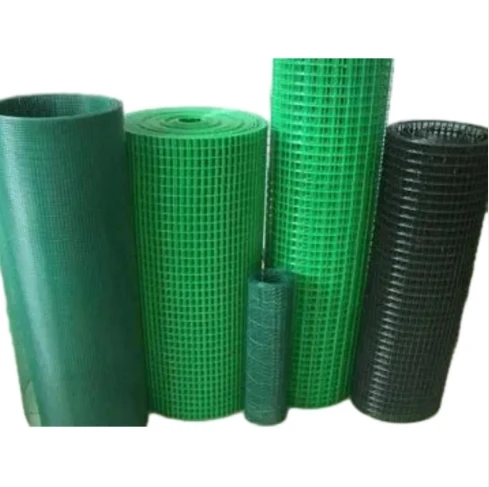ธ.ค. . 20, 2024 23:13 Back to list
barbed wire and razor wire
Barbed Wire and Razor Wire A Study of Modern Security Solutions
In the ever-evolving landscape of security, barbed wire and razor wire have established themselves as crucial components, serving both functional and symbolic roles in various settings. These materials, though simple in design, have profound implications for safety, protection, and even aesthetic considerations.
Historical Context
Barbed wire emerged in the late 19th century as an innovation that revolutionized fencing methods. Initially designed for agricultural purposes, it allowed farmers to enclose their livestock while deterring predators and trespassers. The twist of sharp barbs along the wire made it an effective barrier. Its introduction transformed the American West, enabling the delineation of property boundaries and fostering the development of ranching.
As demands for security expanded beyond agricultural applications, barbed wire found new roles during wartime. It became a symbol of division during World War I, trench warfare, and later, in conflicts across the globe. It is often associated with fortifications and barriers against intrusion, symbolizing both protection and confinement.
Razor Wire A Step Further
Razor wire is an evolved version of barbed wire, incorporating sharp, razor-like blades that enhance its deterrent capabilities. Initially developed for military and high-security applications, it is now prevalent in prisons, military installations, and even residential properties in high-crime areas. Its intimidating appearance underscores its purpose, serving not only as a physical barrier but also a psychological one, instilling fear in potential intruders.
The use of razor wire, however, is not without controversy. Its deployment raises ethical questions regarding the treatment of individuals who may find themselves vulnerable to its sharp edges. This aspect is particularly critical in discussions surrounding immigration control, where razor wire has been used at borders, often highlighting the tension between security and human rights.
Applications and Effectiveness
barbed wire and razor wire

Both barbed wire and razor wire serve various applications across sectors. Agriculture continues to rely on barbed wire for its affordability and ease of installation. In urban settings, barbed wire is often seen atop perimeter fences, combined with surveillance systems to create multi-layered security measures.
Conversely, razor wire is frequently used in high-security environments. Prisons, military bases, and critical infrastructure sites utilize razor wire as a final line of defense. Its design makes it exceedingly difficult to climb, which serves as a strong deterrent to potential security breaches.
Aesthetics vs. Security
While the primary function of both barbed wire and razor wire is security, the aesthetic implications cannot be ignored. In residential areas, the use of these protective features can detract from the ambiance of a neighborhood. This has prompted some architects and urban planners to seek alternatives that blend security with aesthetic appeal. Solutions may include decorative fences or barriers that maintain a welcoming appearance while providing adequate protection.
Future Trends
As concerns regarding privacy and security evolve, so too does the technology surrounding barbed and razor wire. Innovations are emerging that incorporate smart technology, allowing for real-time monitoring and responsiveness to breaches. Surveillance systems integrated with these physical barriers offer a heightened sense of security, shifting the paradigm from mere deterrence to proactive engagement.
Moreover, the conversation around sustainable practices in security measures is gaining traction. As industries become more environmentally conscious, there is a potential shift towards developing eco-friendly alternatives to traditional wire fencing, which could significantly alter the landscape of security solutions in the future.
Conclusion
Barbed wire and razor wire, while rooted in historical significance, continue to play essential roles in modern security paradigms. As the dynamics of safety, ethics, and aesthetics evolve, these materials will undoubtedly adapt and transform, demonstrating their enduring relevance in an increasingly complex world. Understanding their implications is crucial not only for security professionals but for society as a whole, as we navigate the balance between protection and humanity.
-
Reliable Nails for Every Construction Project
NewsJun.10,2025
-
Reliable Iron Nails for Every Project
NewsJun.10,2025
-
Razor Wire Solutions for Enhanced Security
NewsJun.10,2025
-
Hydraulic Hose Ferrule Fittings: Key to a Strong Hydraulic System
NewsJun.10,2025
-
Field Fencing: Secure Your Property with the Best Solutions
NewsJun.10,2025
-
Euro Fences: The Ultimate Choice for Security and Style
NewsJun.10,2025









